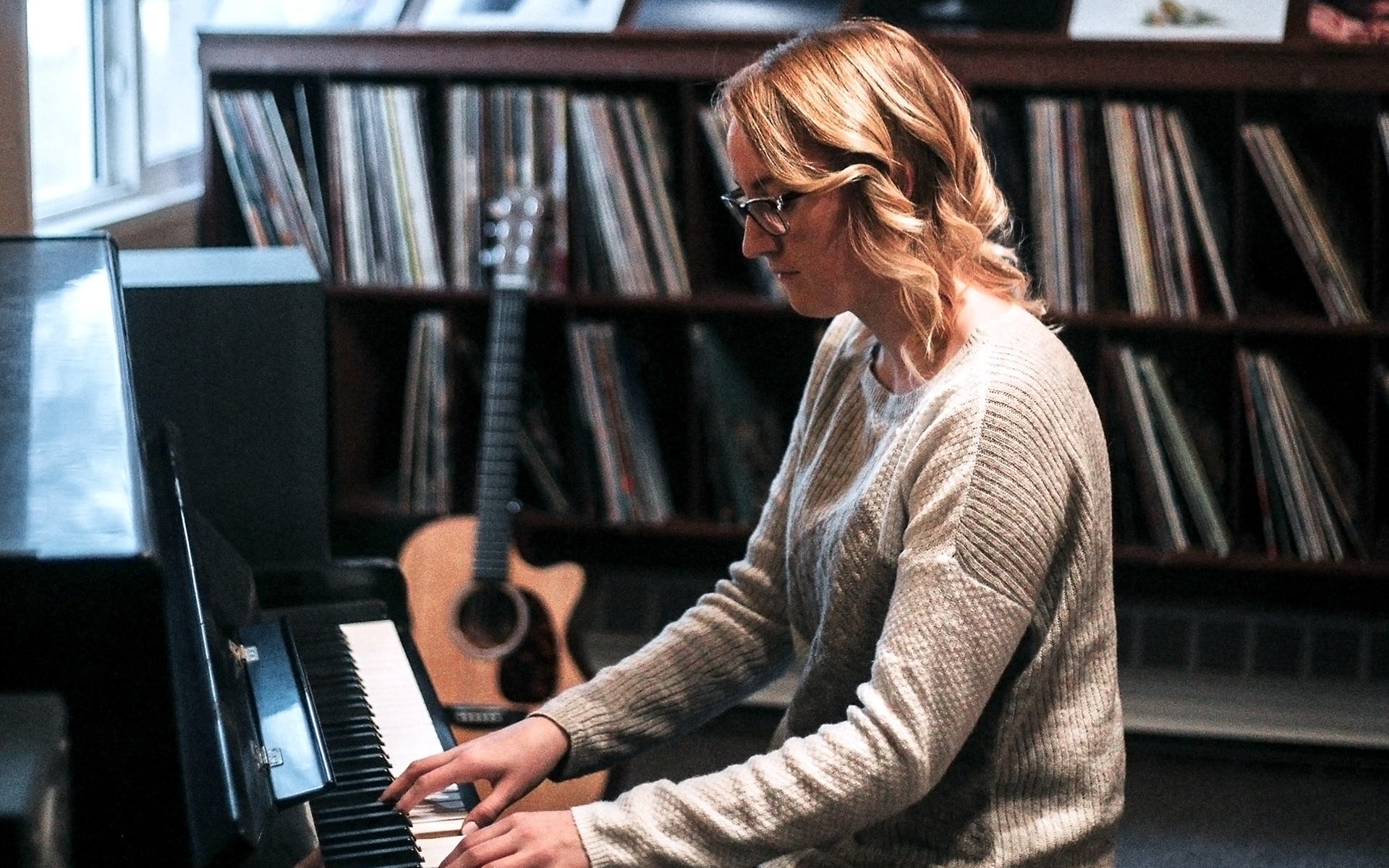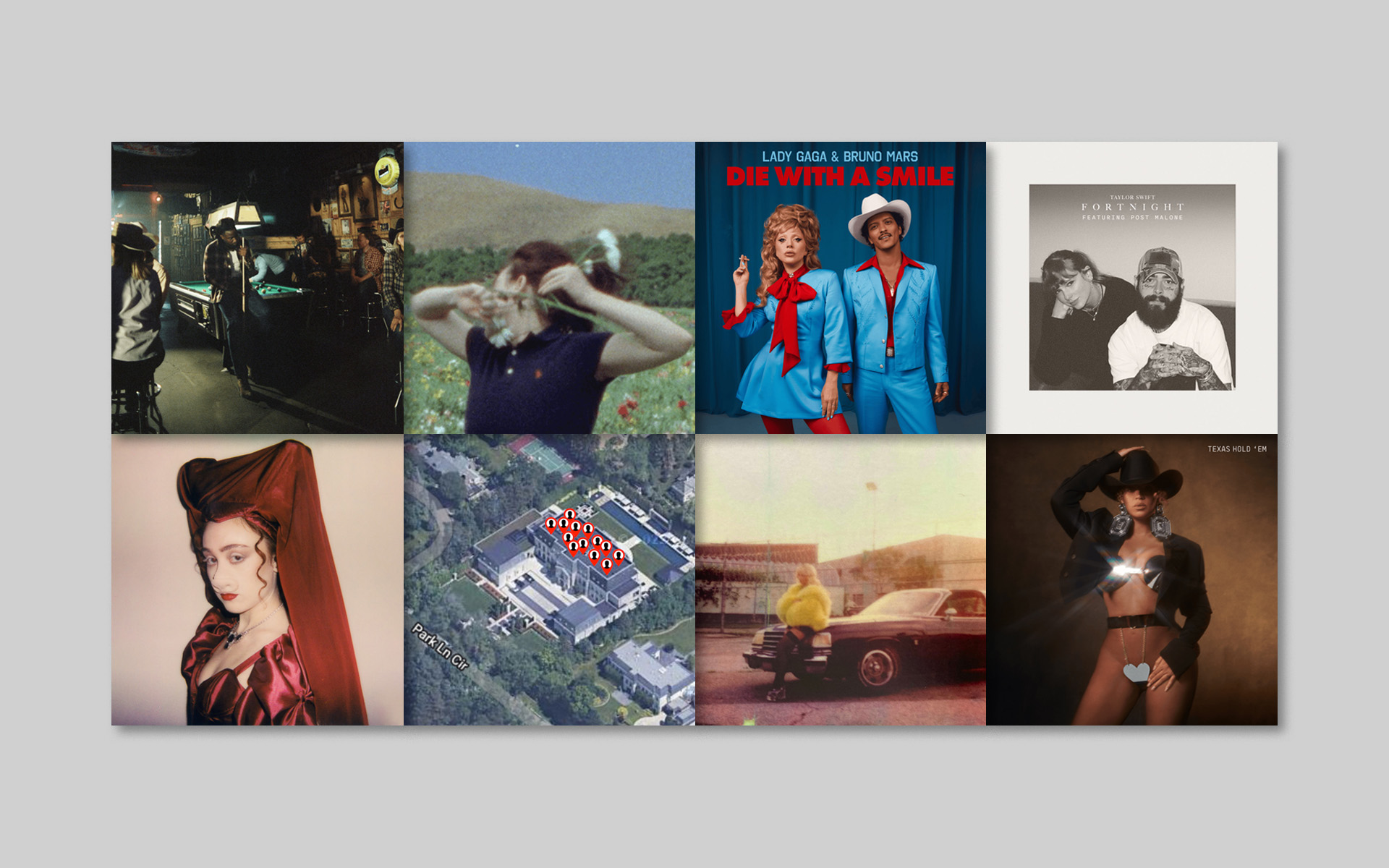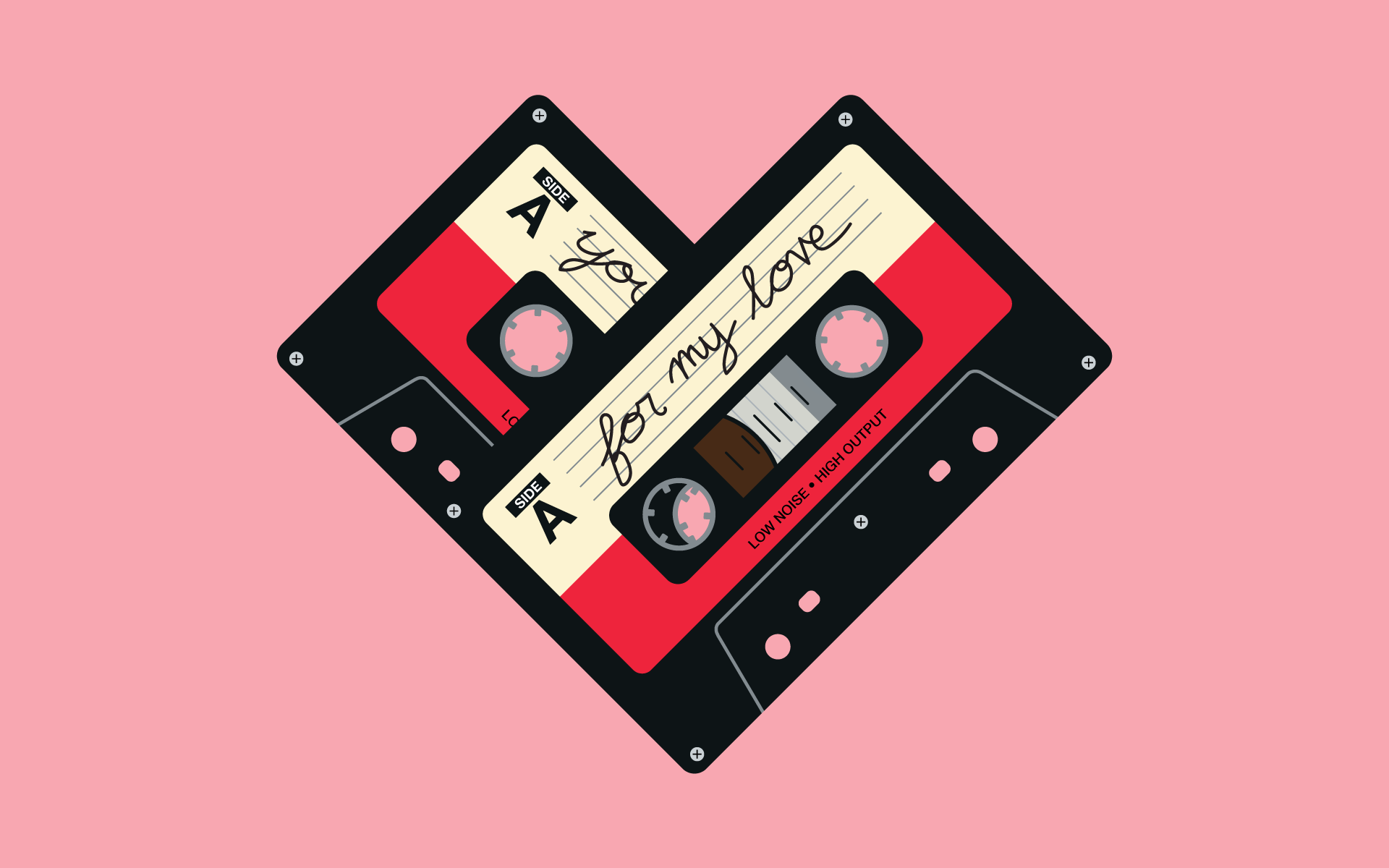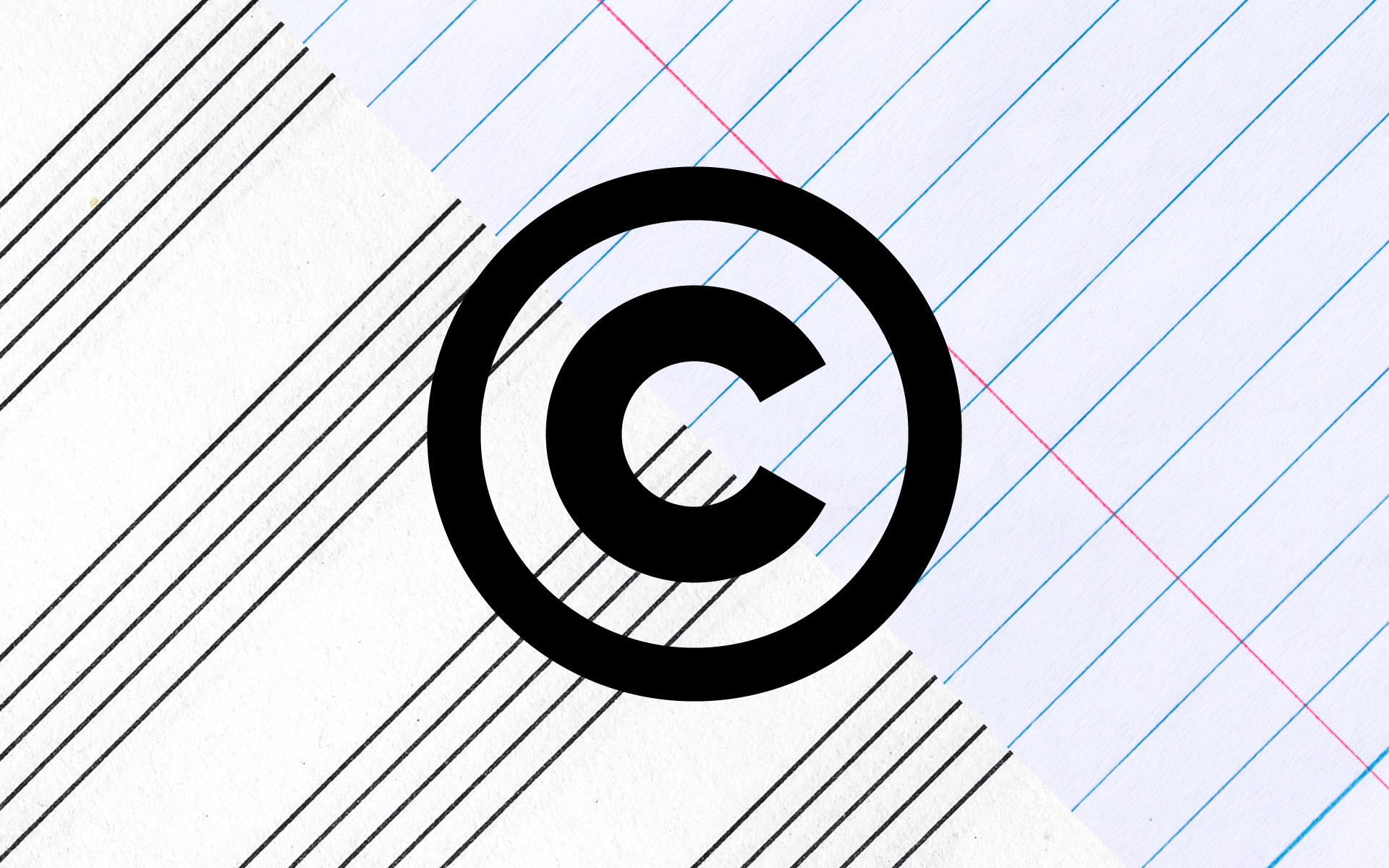As someone who never misses a meal, I take pleasure in the daily routines that offer comfort and a sense of familiarity. My songwriting process is like that. When I write song ideas, I predictably follow a writing process that is most comfortable and familiar to me.
Let me explain: Lyrics come first, along with melody, due to years of piano practice within a classical environment. Left to pure inspiration, I tend to gravitate towards melodies that accommodate longer, lyric-heavy lines. My harmonic ideas tend to be derived from my melodic ideas, and remain more conservative if I do nothing to push them outside the box. All I ever knew about groove I got from Mozart, which is to say, not much. Aside from a chord on a downbeat or an arpeggio, groove is the last thing on my mind.
If I write only on inspiration according to the process that feels most natural to me, I overlook elements that can grow my style and result in new songs. I write, in fact, the same song over and over again. In fact I’ve even written an article about that to remind myself to stop doing it! The alternative is to think consciously about doing something different. For me, I have to put effort into writing a melody that is more driven by its rhythms than its pitches. I have to get inspiration from the grooves of other songs and productions, (and yes, by “get inspiration” you could probably also say “steal”) to write songs that are groove-oriented. I have to use the melodic, harmonic, rhythmic, and lyrical tools that seem comfortable and familiar to other songwriters when I want to do something experimental with my own writing.
I’m going to suggest 20 activities to help push outside the writing process that may be familiar to you. Some of these activities will be things you already do. Some will not. The power of a new approach is that though unfamiliar or even uncomfortable at first, it results in new musical and lyrical possibilities.
Write a Verse and Chorus over a ‘New’ Chord Progression
Try copying a chord progression from a song you enjoy. If you feel you can’t shake the old song, change the strumming pattern or groove by slowing the tempo way down, or speeding it up. Or, try taking a chord progression you like and inserting a borrowed chord in place of only one of the chords. Another idea is to keep it simple and try writing over a chord progression that is just two chords. The more minimal the chord progression in the verse, the easier it can be to write a contrasting progression in the chorus.
Give yourself 10 minutes to find the progression, and 20 minutes to write the section. Then, give yourself another 10 minutes to find the progression for the contrasting section, and 20 minutes to finish it off with melody and lyric. Remember that repetition and simplicity can be the key to finishing songs. Over-complication can lead to paralysis.
Jam for 15 Minutes while Recording
You don’t jam, you say? Now you do. Play around on your instrument while recording. Set the mood in the room if you like: dim the lights, light a candle, throw on your favorite pajamas. The key here is to find a space where you can enjoy the sound of your instrument, voice, and feel free enough to hum and sing nonsense words. When you’re finished, listen back to your recording and pick out a few moments that carry some weight, musically, lyrically, or both. Spend another 15 sketching out some more song ideas around that moment.
Start (and End) with a Two-Page Free-Write
Free-write with sensory language in mind: Use taste, touch, sight, sound, smell, and movement to generate images around a keyword or concept. You might choose an object like “waterfall,” a place like “jail cell,” or a person like “cashier on Tuesdays at check-out station 5,” or a concept like pulling an all-nighter for the boss. Lock into any images that pop up, and write with abandon. The key here is to write without judgment, and simply allow whatever flows to make it onto the paper or screen. End your day with another two-page free-write. The next day, sift through every line and phrase. Circle the words and phrases that could be titles to a song.
Find a Beat on YouTube or GarageBand
There’s nothing novel about this idea, but it’s amazing how much pressure we put on ourselves to come up with every part of a song on our own. Painters don’t design their own paint colors before painting. Neither should we make ourselves responsible for innovating on a groove or tried-and-true chord progression. Give yourself a break and start with a foundation that works, so you can layer your strengths and talents on top. Write the whole verse-chorus in just 45 minutes. To do so, you’ll need to commit to your ideas instead of doubt them as you move further through the song.
Record 15 Minutes of Melodies
Press record and start singing! Even if you don’t sing. Play a simple chord progression and experiment with all the things you can do with your melody. Start singing phrases on the downbeat of the measure. Then wait a few beats and try singing the same lyric phrase late in the measure.
Try it as short high pitches. Or as low, longer pitches. Try using internal repetition where you repeat portions of the lyric before finishing out the phrase. Try using lots of rest space or very little between your lines. Sing nonsense words or sing lines of lyrics that pop up as you go. Try starting on the root, then the 3rd, then the 5th, experimenting with the starting tone of the melody. Then try starting on pitches that aren’t part of your chords underneath: these are the passing tones, and they can bring wonderful tension.
Listen intently to how the message of the lyric changes, and the overall emotion that results (or doesn’t result) with every new choice you make. Finally, speed up or slow the tempo you’re playing within to arrive at new melodic feels.
STUDY SONGWRITING ONLINE WITH BERKLEE!
One Title, Different Tempos
Think of a song title or draw a title-worthy phrase from a book, article, or leaky conversation. Try setting it to melody over a very slow tempo. Close your eyes and sing it several times at that tempo. Really taste the words and hear what they mean as you sing it. Now, choose a much faster tempo and sing the same melody and title lyric again several times. Listen to how the message of the title changes. Draft an outline of the song at both tempos, exploring what the verses and choruses would say in just a few sentences based on the message of the title.
Poetic Rhythm
If you’ve done object writing before, this activity will sound familiar. Today you’re going to write stream-of-conscious, sensory-based material from a keyword such as “teacup,” “jumbo jet,” or “pocket knife.” But instead of writing in paragraph form, you’ll write with a rhythm in mind. Speak the lyrics of “Mary Had A Little Lamb.” It goes “MAR-y HAD a LIT-tle LAMB,” with every other syllable being a strongly stressed sound. You might notice your voice rises in pitch and intensity on those strong stresses. The syllables in-between are weak stresses.
One major difference between lyrics and poetry is that lyrics carry a rhythm in each line that is defined by our melody. Melody has a repeating rhythmic pattern we call a motif. So when you write about a song concept to generate lyric ideas, try writing using a repeating rhythmic pattern. It will enable you to set the lyric to melody with greater ease.
You might use the pattern of “Mary Had a Little Lamb,” or you might try another pattern, using triplets like this:
DUM da da DUM da da DUM da da DUM
Here is an example, written from the keyword “Hot Air Balloon”:
Billowing colors aloft in the sky
floating as light as the breeze
Lit with a flame as it rises and falls
circling the world in a dream
You can vary the lengths of the lines, while maintaining the triplet pattern. Don’t concern yourself with rhyme unless a great rhyme surfaces. And make sure to let the inspiration flow without assessing the value of what you’ve written until long after it’s down on paper or screen.
Creative Collisions
We use metaphors every day, many times without even knowing it. A metaphor is what we get when we collide one word against another that don’t literally belong together. “Dark clouds” is no metaphor, but “marshmallow clouds” is. The more familiar the metaphor, (think “broken heart”), the more cliché the collision sounds.
To make your own metaphors, try making a list of interesting nouns, verbs, and adjectives.
| Nouns | Verbs | Adjectives |
|---|---|---|
| lips | flutter | ruffled |
| carousel | whistle | rusty |
| pavement | shield | friendly |
When you’re finished, simply try thrusting two or three of them together at random. Make a short sentence, exploring their collision.
Her ruffled lips fluttered gossip
The friendly carousel whistled around and around
The friendly pavement shielded an even worse accident
The pavement fluttered in the heat
Her rusty lips kept telling the same old story
Take the collisions wherever you feel them going, building full sentences from the metaphors that arise. Great metaphors can be excellent first lines of lyric, immediately drawing the listener in.
Pick up a Different Instrument
Remember switching instruments with your friends back in band class on a substitute teacher day? Okay, maybe that’s not a shared memory. All the same, try picking up an instrument you can’t play or one that you rarely play. Strum a chord and find some notes you think sound pretty. Let the pressure to be skilled simply fall off of you. Then write a verse and chorus.
Write Something ‘Bad’
That’s no idiom. I’m talking about the bass lick that everyone recognizes from the Michael Jackson song “Bad.” Coming up with a one- or two-measure instrumental riff as the basis for your song can be a great way to immediately hook the listener. It gives our song a fingerprint all its own. To write this way, pay special attention to rhythm. Rhythm, even more than pitch, defines our motifs, and these kinds of instrumental riffs are built on a strong rhythmic identity.
After all these exercises, take a day or two to rest. If you must write, go ahead, but give yourself the opportunity to re-energize doing things you enjoy. You’ve earned it.
TAKE ‘COMMERCIAL SONGWRITING TECHNIQUES’ WITH ANDREA STOLPE
Four By Four
Some of the simplest songs have a structure of a four-line verse moving into a four-line chorus. The chorus often carries the title in the first line, last line, or even all four lines. Instead of going down the rabbit hole with intricate melodies, chords, and lengthy lyrics, try writing a verse that uses a simple little melody repeated four times for a total of four lines of lyric. Follow it with a chorus that starts with the title, sung over a new, simple little motif. Try repeating the title again, and if you must, write a new third line before repeating the title one last time for line four. Simple and effective songs that do this are Tom Petty’s “Free Falling” and “Say” by John Mayer.
Repeat the Chord Progression
Some of my favorite songs utilize a simple three- or four-chord progression all the way through the verse and chorus. All the contrast between sections comes from other areas like the melody, lyrics, and production. Using the same chord progression all the way through provides a solid framework, and knowing that some great songwriters have written legendary songs this way can help us “buy into” our own ideas even more. Try writing a simple verse and chorus with the same chorus progression. For listening examples, check out John Mayer’s “I Don’t Trust Myself with Loving You” and John Denver’s “Thank God I’m a Country Boy.”
Get Real with Real Lyrics
When we listen to our favorite songs, we hear the lyric in context of the musical landscape. The music informs us how to emotionally interpret the lyric. A great production or performance can bump up the perceived quality of a lyric. Take away the music, and you might find the lyrics to songs you like are quite ordinary. Read the lyrics aloud of three songs you like. Notice your response to different lines. Is there cliché language? Is the message clear? Is the title strong? Does the language flow in a conversational manner? How does the lyric stand up apart from the music? Finally, how is the language you’re reading out loud any different than the language you use in your own lyrics? Recognizing that it’s not that different from our own can be a powerful motivator.
Write for Fun
Take a break from pushing forward towards that artist or writing career, and write something you’d like to dance to, fall asleep to, hike to, roller-skate to, paint to, or cook to. Instead of thinking about what genre or mainstream artist your song might fit, write a verse and chorus you’d enjoy listening to while doing anything else you enjoy. You might start by grabbing a beat at a particular tempo that suits the mood of the activity. Or, model your song after another song, using the intro to set the mood and tempo.
Take A Hike … or a Drive
Walking takes my mind off things, removing the pressure to “do” and allowing me to simply “be.” Maybe walking isn’t your thing, and there is another activity such as driving that allows your mind to wander. Whatever it is, try writing a half of a song while you’re doing it. Start with a title: a title that immediately brings lyrical concepts to your mind. The goal here is to let your mind breathe, and to follow the song ideas wherever they lead without judgement.
I like to record my thoughts using the microphone in notes on my phone. That way I can speak in conversational language the song ideas that will eventually become the lyric itself. Walking enables me to key into a particular rhythm as well. As I feel the pulse of my shoes on the pavement, my song ideas tend to fall out in rhymed couplets. Pretty soon, if I’m lenient enough with my ideas, I have a half-song when I arrive back home. As long as I stay true to “what” I want to say rather than “what rhymes with door,” I end up with some great song ideas I didn’t have before my trek around the neighborhood.
Give yourself a pat on the back for digging in each day and doing the work of writing. As a wise professor once told me, 90 percent of what I write won’t be my best 10 percent. When I write nearly every day, I can take heart that I’m doing my part to allow the best song ideas onto the page.
EARN A CERTIFICATE IN SONGWRITING THROUGH BERKLEE ONLINE
Recycle What You Read
Pick up a short story, memoir, or novel, and read the first few pages. Jot down every interesting phrase that could be a title. Look for phrases that have tangible nouns in them. Tangible nouns bring a more sensory, concrete quality to the language, and are unlike many of the titles we choose when we’re simply brainstorming for song ideas. Give yourself 30 minutes and then choose one title to brainstorm around. If you must, let lyric ideas come out. But don’t get sidetracked with writing rhymes. Instead, jot down rough song ideas in response to the bolts of inspiration you might be feeling.
Free-Write over a Loop
Take a drum track in Logic, GarageBand, or grab one from YouTube and journal or stream-of-consciousness write over it. Key into the mood of the track, jotting down images, smells, tastes, sounds, and anything else that comes to mind. Limit yourself to just 30 minutes with your writer’s cap on before allowing yourself to move over into building a production or guitar riffs.
Reach out to a Collaborator
Consider local instrumentalists, poets, screen writers, guitar or piano teachers or students, short story writers, or anyone else you think might be open to spending an afternoon writing with you. Think of producers you may know in your area, or folks teaching or attending courses at a university or community college. Imagine your goal is to contribute something of value, and you’re inviting another to participate in that journey. Who would you approach? Make a list of people, and send a few emails or make a few calls. There’s nothing to lose here, only to gain.
Write Happy
Write a verse and a chorus of a song that celebrates a happy, content, or hopeful feeling. Try to avoid dramatic, gloomy, or complicated dark feelings, particularly if your typical songwriting involves these characteristics. Start by choosing a perky tempo with your metronome, or stealing a groove from another light-hearted song. Then, make up two melodic hooks or motifs: one for the verse, and one for the chorus. Repeat these motifs often within each section, anchoring your melodic theme on just those two ideas. If you’re getting hung up on a cliché lyric, tell your internal judge that it’s not time to edit yet. Allow the cliché lines to sit on the page, not dwelling on them, but simply moving past them. Decide on a title from one of your lyric ideas, allowing the whole process to take no more than 45 minutes.
Adopt a Process That Works
If I could, I’d only write when inspired. But the fact is, I’m not inspired with any predictability. So I use process to become more prolific and practiced. We songwriters approach songwriting from different starting points, so it’s natural to adopt a process and then find we need to tweak it to fit our style. I recommend choosing a two-week period in your schedule and blocking off about 40 minutes each day to establish a few good habits. Here is how my process looks each day as I work on songs in progress, and make space for generating new song ideas as well:
5 Minutes of Lyric Free-Writing
Think Object Writing or Destination Writing. If you’re not familiar with those brainstorming tools, check out my Berklee Online videos on sensory writing. You’ll be brainstorming tons of song ideas each day as you employ stream-of-consciousness writing into your process).
15 Minutes of Music Writing with or without My Instrument
I push record, and I play. Instead of worrying about getting just the right groove or melody, I simply try to enjoy the music I’m playing and singing. I try different grooves, moods, tempos, and vocal ranges. I try short punchy notes, and long legato notes. I try melodies with lots of rest space over a descending chord progression, and a moving melody over a static chord. I try anything that comes to mind, recording all of it to listen back later and choose what I like best.
30 Minutes of Songwriting
Whenever possible, I resist the urge to start actually writing this new song or songs that might be surfacing. Instead, I bring out a song or songs I’ve been developing, and try to move them a little further with fresh eyes. As soon as I feel the inspiration leave, I flip over to another unfinished idea. I always have several songs in the works at once, making no particular song precious. If I find a new direction, I follow it, letting this part of the process extend to several hours if I’ve got the time to spend.
5 Minutes of New Lyric Free-Writing
To end the writing session, I’ll open up a new screen on my computer, and start free-writing on another idea. This helps me to resurface from my songwriting, affirming to myself that I’ve got many more song ideas than those I’ve been trying to develop.
I hope you’ve enjoyed some of the daily writing activities. If you find a process that works for you, use it. When that process stops working, change it. The more flexible and willing to engage in new habits each day, the more we get out of our artistic way. In a little corner of LA beneath a light layer of smog and close to the ocean, I’ll be trying to do the same.
EARN A BACHELOR’S DEGREE IN SONGWRITING WITH BERKLEE ONLINE












